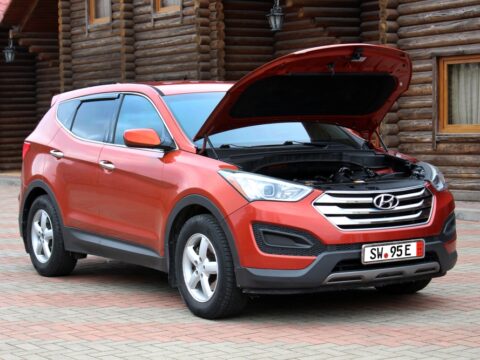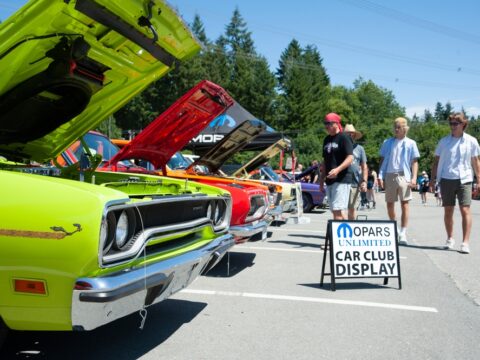Buying a high-mileage vehicle can come with several hidden risks. These cars often face increased wear and tear, leading to more frequent repairs and higher maintenance costs. Here are some common pitfalls of buying high-mileage vehicles.
Contents
Engine Wear and Tear
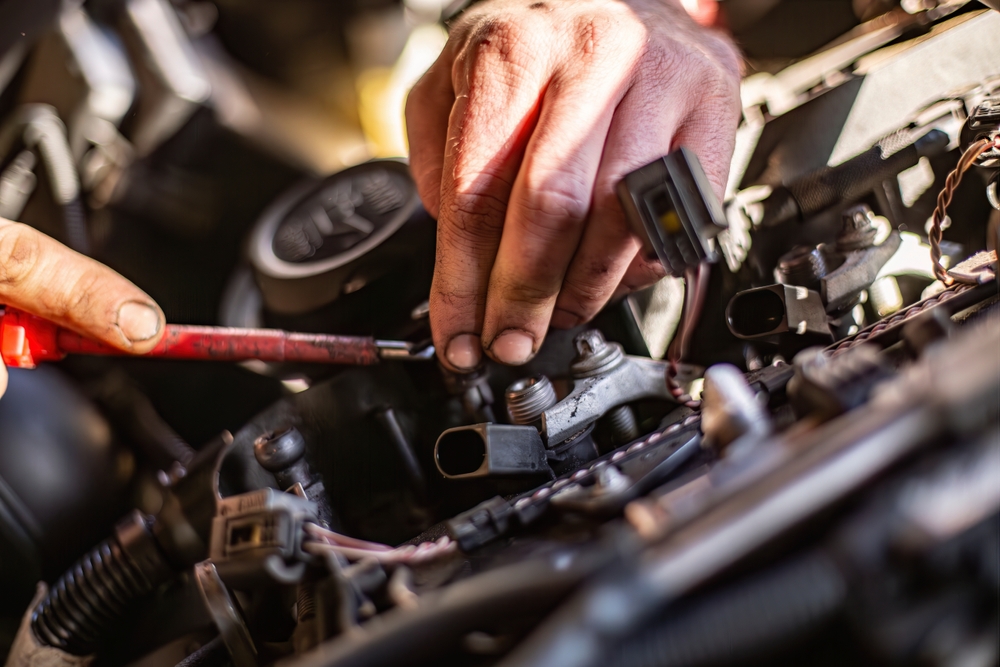
High-mileage vehicles often suffer from significant engine wear and tear. Components such as pistons, cylinders, and valves can deteriorate over time, leading to reduced performance and potential engine failure. This wear can result in poor fuel efficiency, increased oil consumption, and expensive repairs. For instance, a vehicle with over 100,000 miles might require a costly engine rebuild or replacement to maintain functionality. Tip: Regularly check the engine’s oil level and quality, and consider a compression test before purchase to assess the engine’s condition.
Transmission Issues
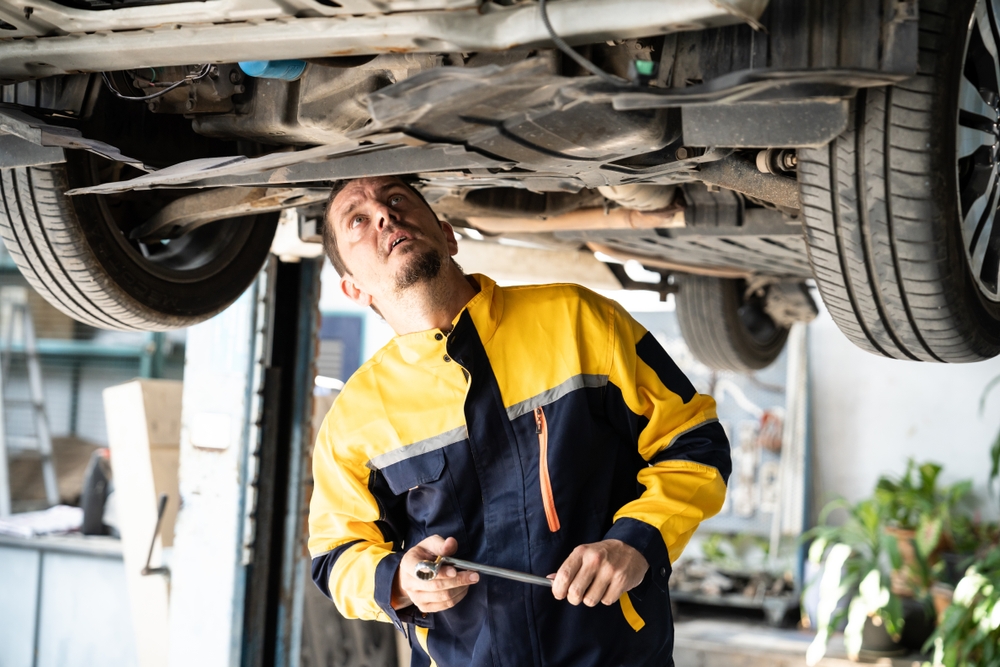
High-mileage vehicles are prone to transmission problems due to the extensive use of gears and clutches over time. Symptoms such as slipping gears, delayed shifts, or complete transmission failure can occur, leading to costly repairs or replacements. A failing transmission can leave drivers stranded or cause unsafe driving conditions. Tip: Test drive the vehicle to check for smooth gear transitions and consider having a mechanic inspect the transmission before purchasing.
Suspension and Steering Wear
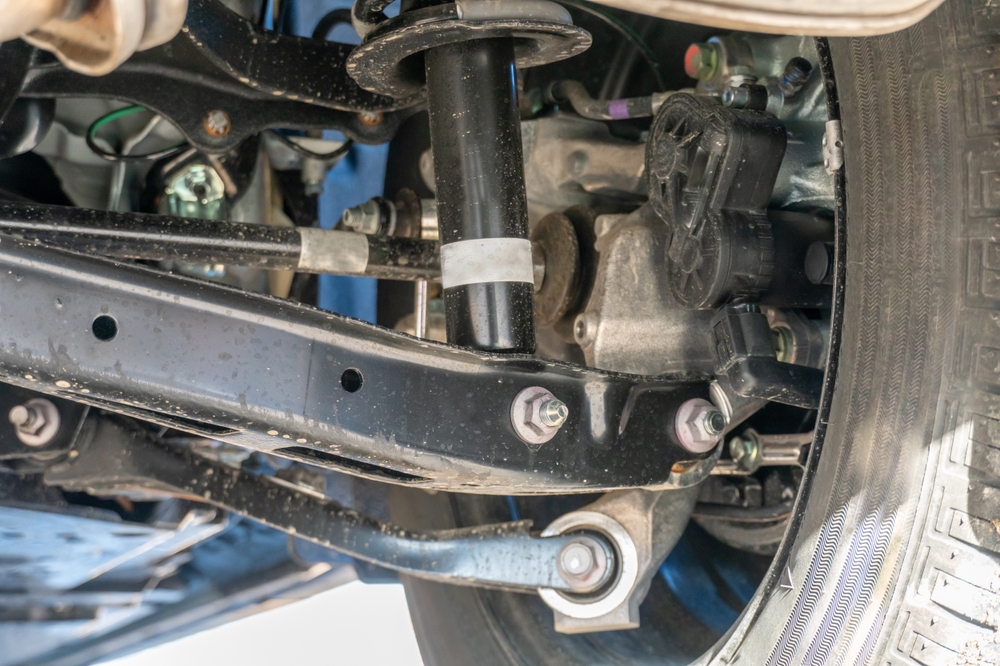
The suspension and steering components in high-mileage vehicles can become worn out, leading to a rough and uncomfortable ride. Issues such as worn-out shocks, struts, ball joints, and bushings can affect the vehicle’s handling and safety. This wear can also lead to increased tire wear and alignment problems. Tip: Pay attention to how the vehicle handles during a test drive and have a mechanic inspect the suspension and steering systems.
Brake System Degradation

Brakes are critical for safety, and high-mileage vehicles often have worn brake pads, rotors, and calipers. Degraded brakes can lead to longer stopping distances, reduced braking power, and potential brake failure. This not only compromises safety but also leads to costly repairs. Tip: Inspect the brake system for wear and consider replacing worn components to ensure safe operation.
Electrical System Failures
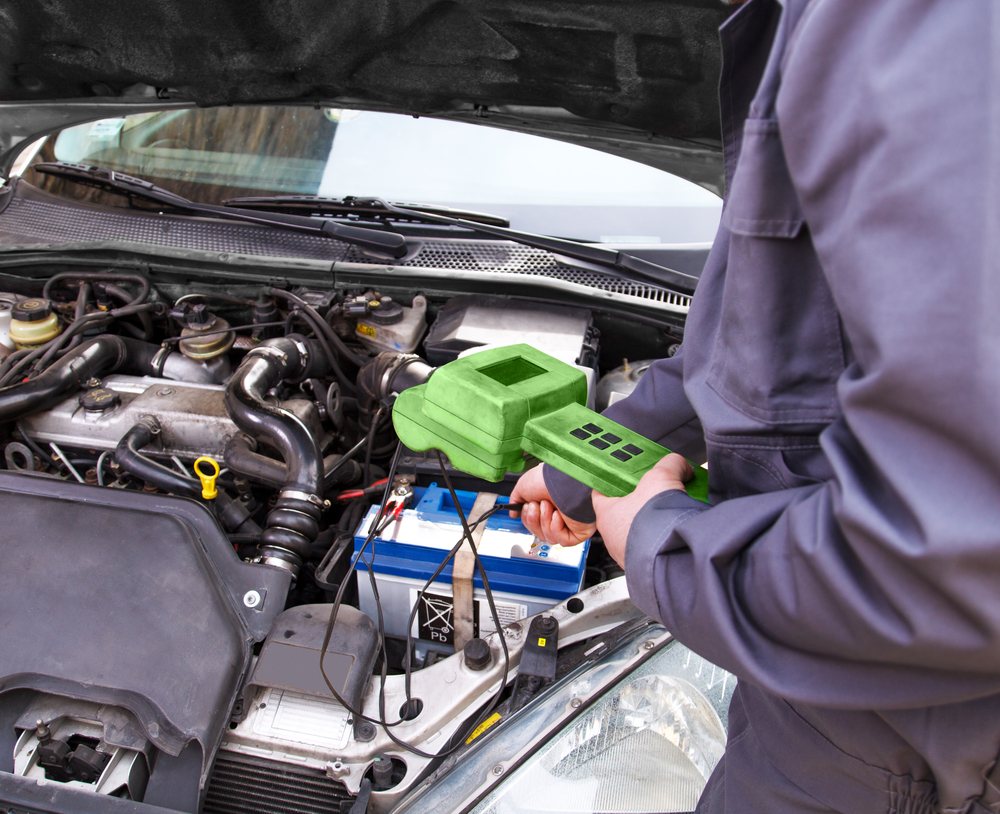
High-mileage vehicles can experience electrical system failures due to worn wiring, corroded connectors, and failing sensors. Common issues include malfunctioning lights, power windows, and other electrical accessories. These problems can be inconvenient and expensive to diagnose and repair. Tip: Test all electrical components during a vehicle inspection and check for any warning lights on the dashboard.
Cooling System Problems
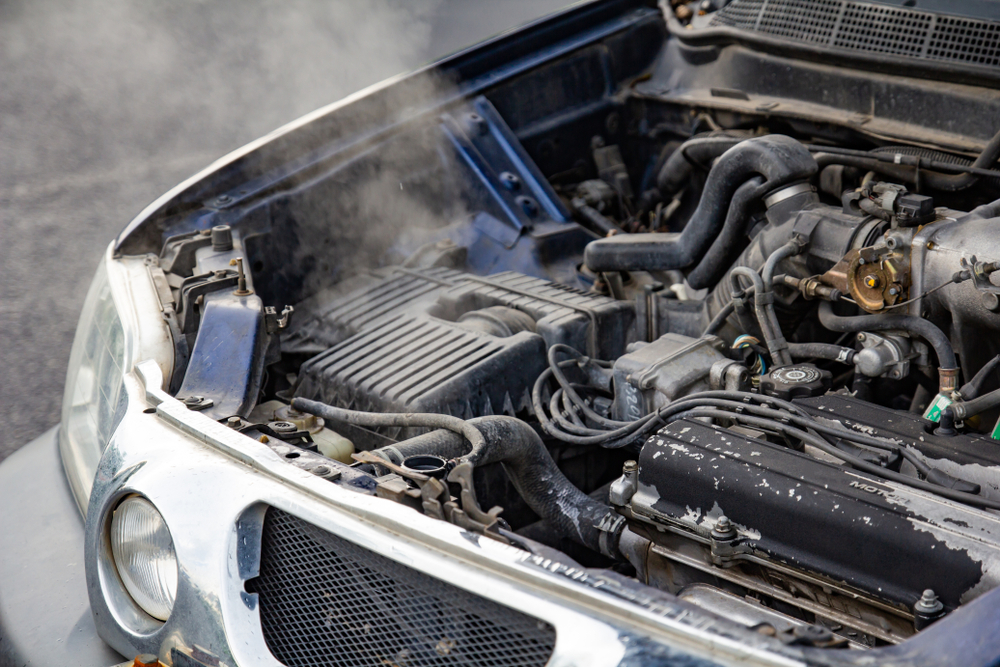
The cooling system in high-mileage vehicles may develop leaks, clogs, or component failures such as the radiator, water pump, and hoses. A failing cooling system can lead to engine overheating, which can cause severe engine damage. This can leave drivers stranded and result in costly repairs. Tip: Check the coolant level and condition, and inspect the radiator and hoses for signs of leaks or wear.
Exhaust System Corrosion
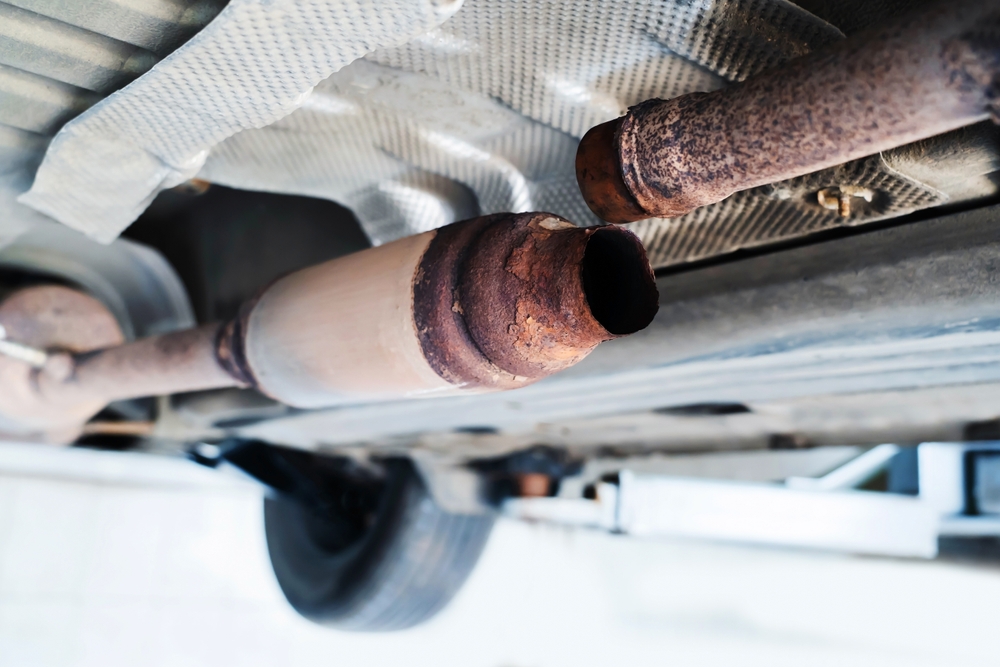
High-mileage vehicles are prone to exhaust system corrosion, especially if driven in areas with harsh weather conditions or road salt. Corroded exhaust components can lead to leaks, increased emissions, and loud noises. Exhaust system repairs can be expensive and may require replacing multiple components. Tip: Inspect the exhaust system for rust, holes, and other damage, and consider having a mechanic evaluate its condition.
Fuel System Issues

The fuel system in high-mileage vehicles can develop problems such as clogged fuel injectors, a failing fuel pump, or a dirty fuel filter. These issues can lead to poor engine performance, reduced fuel efficiency, and potential stalling. Addressing fuel system problems can be costly and time-consuming. Tip: Regularly replace the fuel filter and consider using fuel system cleaners to maintain optimal performance.
Rust and Corrosion
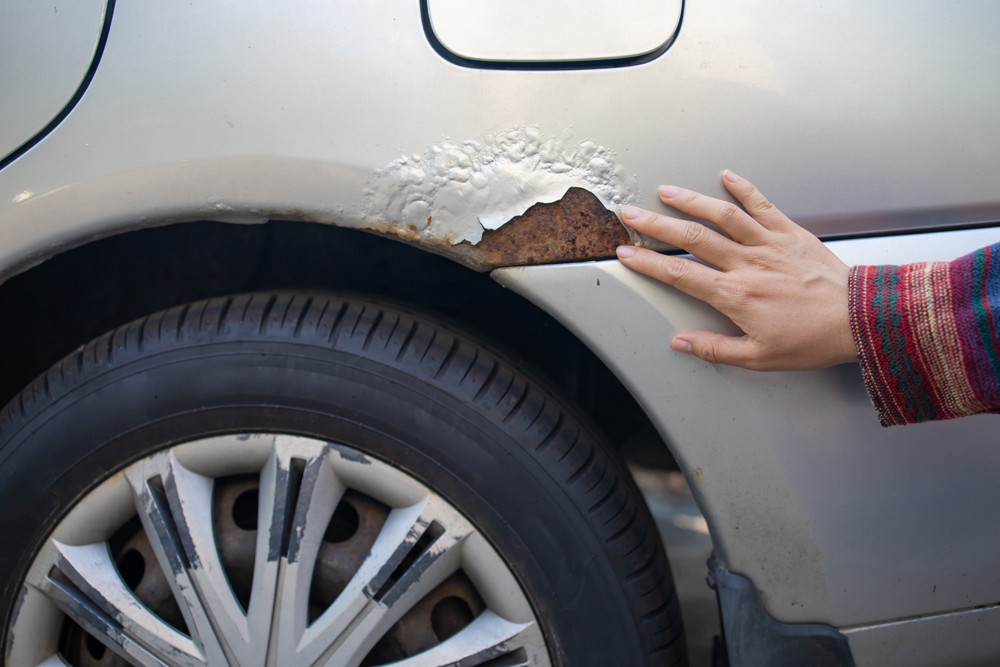
High-mileage vehicles, especially those driven in humid or coastal areas, are susceptible to rust and corrosion. Rust can affect the vehicle’s body, frame, and undercarriage, compromising structural integrity and safety. Rust repairs can be extensive and expensive. Tip: Thoroughly inspect the vehicle for rust, particularly in hidden areas such as the undercarriage and wheel wells, and consider applying rust protection treatments.
Interior Wear and Tear
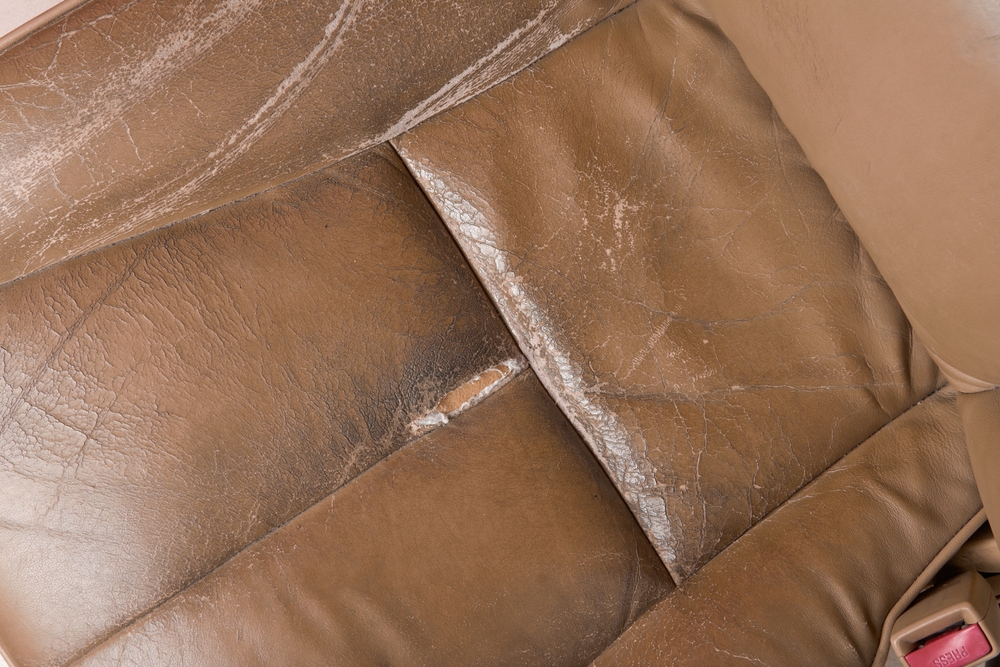
The interior of high-mileage vehicles often shows signs of wear and tear, such as worn seats, faded upholstery, and broken trim pieces. This can affect the vehicle’s comfort and aesthetics, reducing its overall value and appeal. Replacing or repairing interior components can be costly. Tip: Inspect the interior for signs of wear and consider using seat covers and interior protectants to extend its lifespan.
High Maintenance Costs
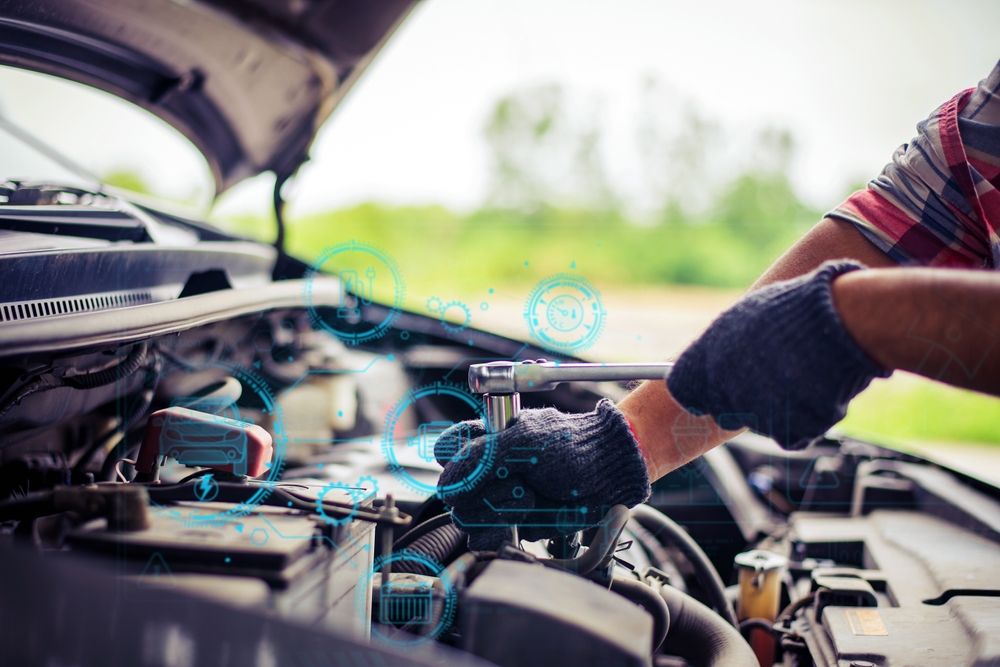
High-mileage vehicles generally require more frequent maintenance and repairs due to the wear and tear of various components. This can lead to higher ownership costs over time, including regular servicing, part replacements, and potential major repairs. These expenses can add up and outweigh the initial savings of purchasing a high-mileage vehicle. Tip: Budget for higher maintenance costs and consider purchasing an extended warranty if available.
Reduced Reliability
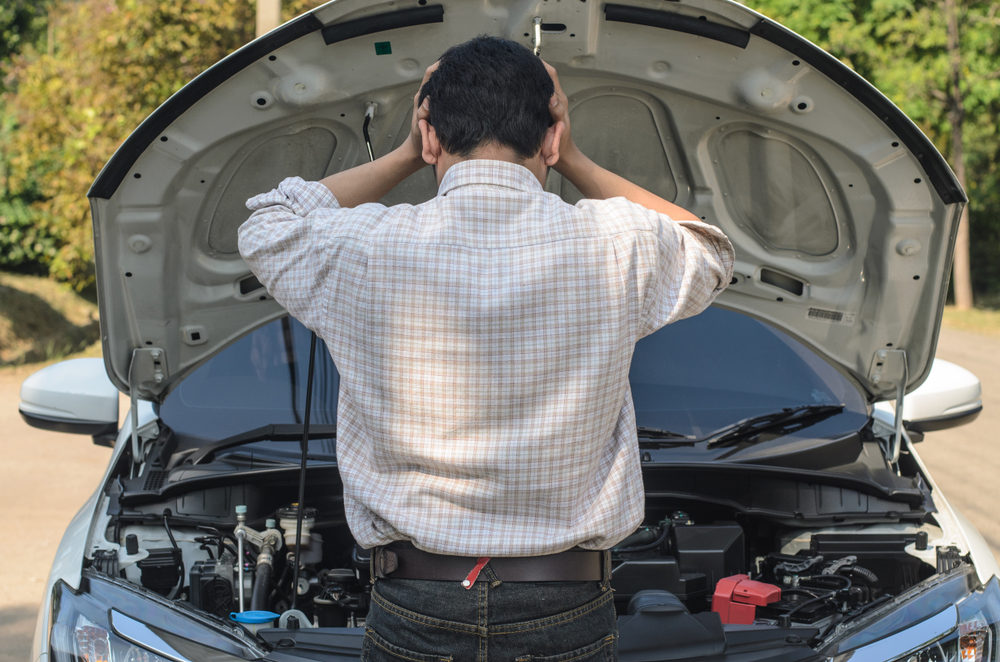
High-mileage vehicles often have reduced reliability compared to newer models with lower mileage. Frequent breakdowns and unexpected repairs can be inconvenient and stressful for drivers, potentially leaving them stranded. This reduced reliability can affect the vehicle’s usability and resale value. Tip: Research the reliability of the specific make and model and consider having a trusted mechanic conduct a thorough inspection before purchase.
Poor Fuel Efficiency
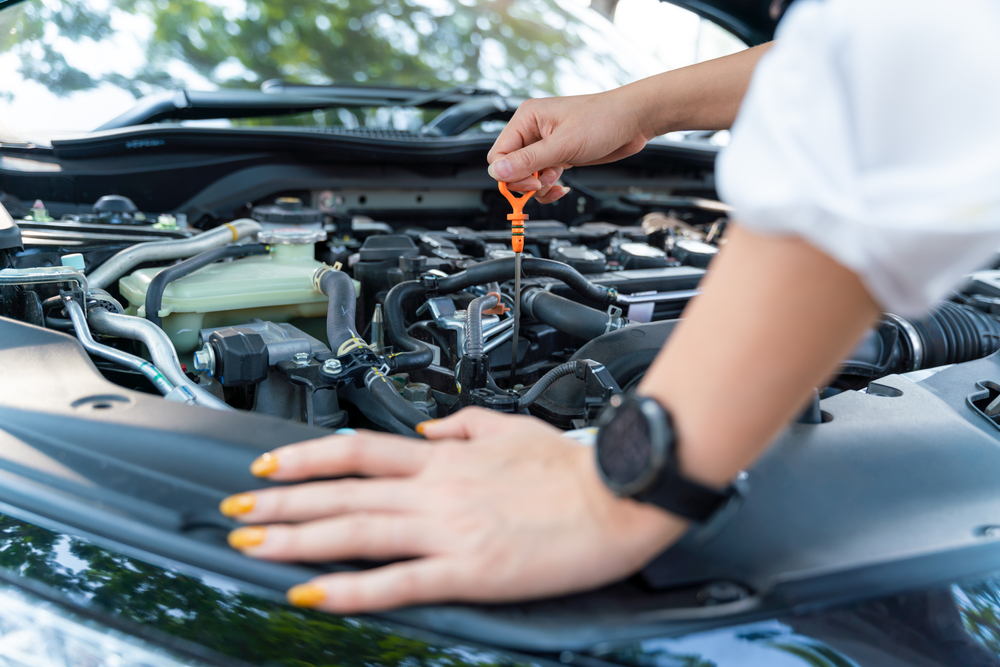
As vehicles age and accumulate mileage, their fuel efficiency tends to decrease due to engine wear, clogged filters, and deteriorating components. This can lead to higher fuel costs over time, reducing the overall cost-effectiveness of owning a high-mileage vehicle. Tip: Regularly maintain the engine and fuel system to optimize fuel efficiency and consider vehicles known for their longevity and fuel economy.
Limited Warranty Coverage

High-mileage vehicles often fall outside the manufacturer’s warranty period, leaving owners responsible for all repair costs. This lack of warranty coverage can result in significant out-of-pocket expenses for unexpected repairs and maintenance. Tip: Consider purchasing an extended warranty or service contract to help mitigate the financial risk of owning a high-mileage vehicle.
Diminished Resale Value
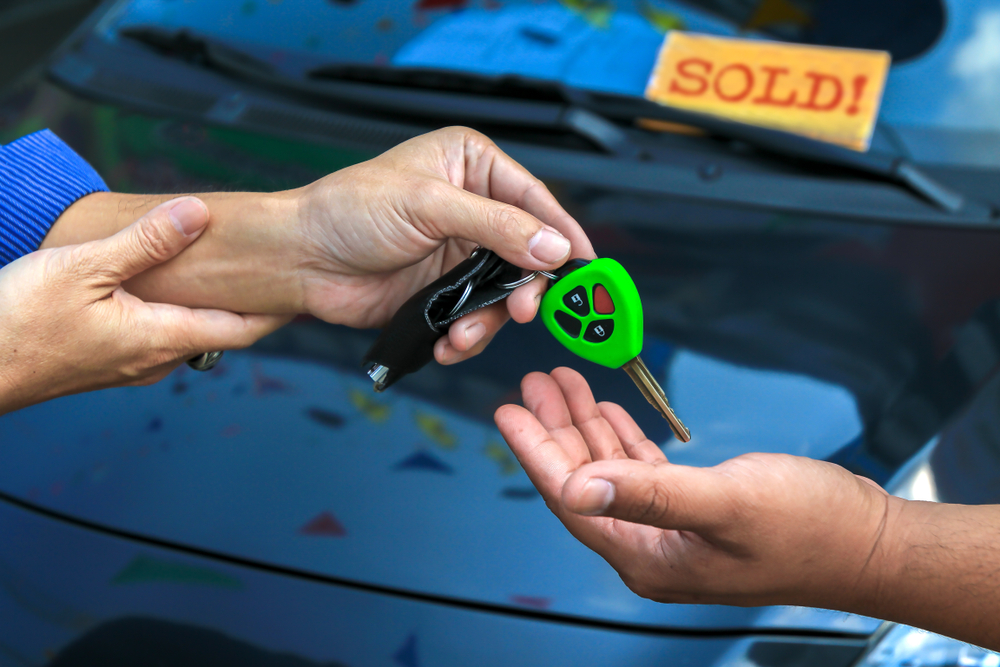
High-mileage vehicles typically have lower resale values compared to lower-mileage counterparts. This can make it difficult to recoup the initial investment when it’s time to sell or trade in the vehicle. The reduced resale value can also limit the vehicle’s attractiveness to potential buyers. Tip: Keep the vehicle well-maintained and document all service records to maximize its resale value.
Difficulty Finding Replacement Parts

Finding replacement parts for high-mileage vehicles, especially older models, can be challenging. Parts may be discontinued, hard to find, or expensive, leading to longer repair times and higher costs. This can be inconvenient for owners who need timely repairs. Tip: Research the availability of replacement parts for the specific make and model and consider sourcing parts from reputable suppliers or salvage yards.
Obsolete Technology
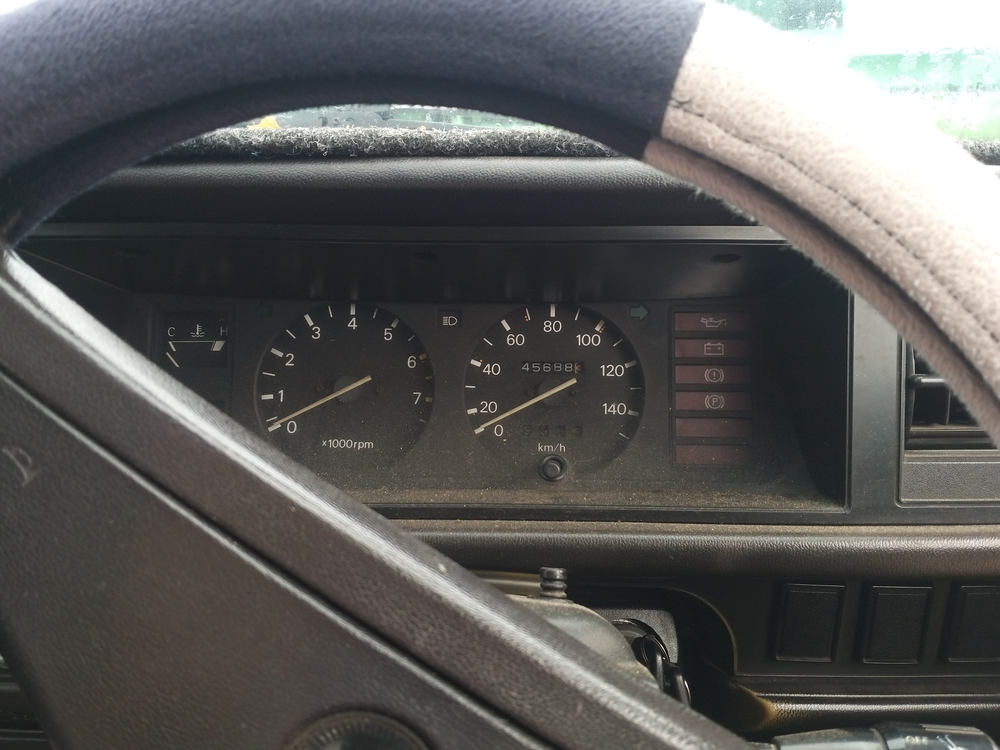
High-mileage vehicles often lack modern technology features such as advanced infotainment systems, driver-assistance technologies, and connectivity options. This can affect the driving experience and convenience, making the vehicle less appealing to tech-savvy drivers. Tip: Consider aftermarket upgrades to add modern features or choose a high-mileage vehicle with at least some desired technology.
Safety Concerns

Older high-mileage vehicles may not meet current safety standards and lack advanced safety features such as airbags, stability control, and collision avoidance systems. This can compromise the safety of the driver and passengers in the event of an accident. Tip: Look for high-mileage vehicles with the best possible safety features and consider installing aftermarket safety upgrades if feasible.
Diminished Performance

The overall performance of high-mileage vehicles can decline due to engine wear, suspension degradation, and other factors. This can result in reduced acceleration, handling, and ride comfort, affecting the driving experience. Tip: Regularly maintain the vehicle and consider performance enhancements such as suspension upgrades to improve its drivability.
Insurance Costs

Insurance premiums for high-mileage vehicles can be higher due to their increased likelihood of requiring repairs and lower safety ratings. Additionally, older vehicles may not qualify for comprehensive coverage options, leaving owners with fewer choices. Tip: Shop around for insurance quotes and consider policies that offer flexible coverage options tailored to older vehicles.
This article originally appeared on MyCarMakesNoise.
More from MyCarMakesNoise
18 Underrated Motorcycles with Surprising Performance

When it comes to motorcycles, some of the best rides often fly under the radar. In this list, we’re highlighting 18 underrated motorcycles with surprising performance that deserve more recognition. Read More.
15 Compelling Reasons to Postpone Your Electric Car Purchase

Thinking about making the switch to an electric car? While the idea is exciting, there are a few important factors to consider before making the leap. In this article, we’ll explore 15 compelling reasons why you might want to hold off on purchasing an electric vehicle just yet. Read More.
20 Elusive Muscle Cars You’ll Only See in Your Dreams
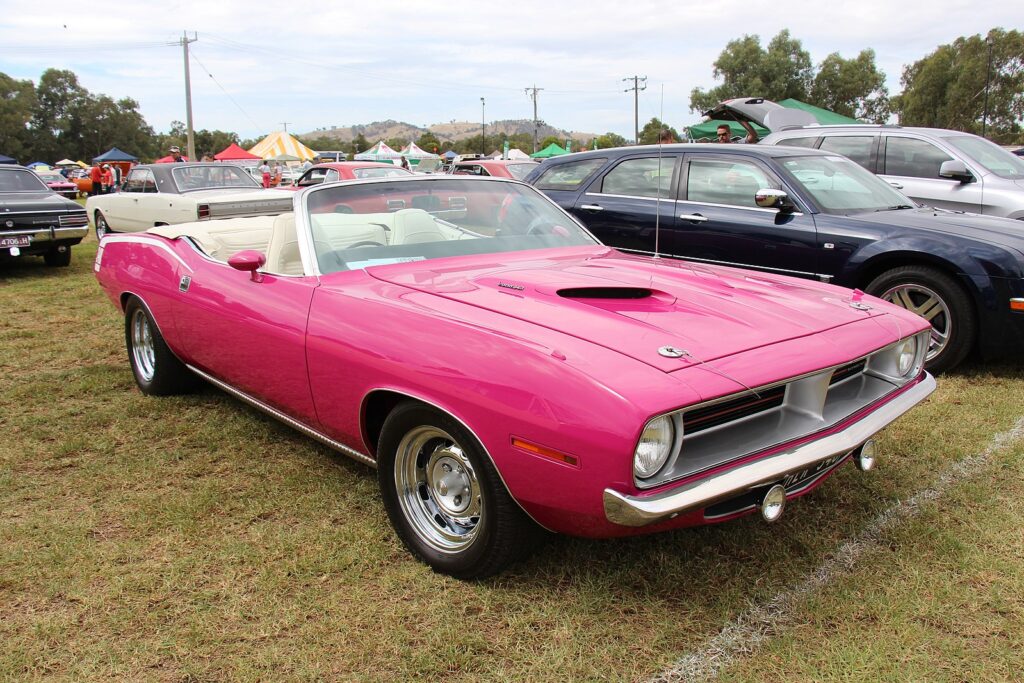
Muscle cars are the epitome of American automotive power and style, capturing the hearts of enthusiasts and collectors alike. In this article, we explore the rarest and most coveted muscle cars ever made. Read More.


